Homeowner Newsletter: Fall 2016
©2016 Jeffrey C. May
Summer has come to an end. In New England, where I live, the leaves are beginning to turn, and nights are getting cooler. Soon we’ll be shutting up our houses and turning on the heat. With a reduction of fresh air in the house as winter approaches, the quality of our indoor air becomes an even more important consideration.
“Green houses” are tight houses, which saves energy. We all want to preserve fuel and lower energy costs, but we don’t want to breathe contaminated air. Luckily, there are some simple things homeowners can do to help keep airborne allergens and contaminants at a minimum indoors, even if they live in tight houses. These tips are also relevant for those of you who live in older homes.
Air it Out:
- Turn down the heat or turn off the air conditioning on a temperate day, and open up windows to air out the house.
The Attic:
- Pull-down stairs or an attic hatch leading to an attic should be covered above with an airtight, insulated box to prevent moist house air from flowing into the attic and fueling mold growth in cooler weather, when the moisture condenses on the sheathing.
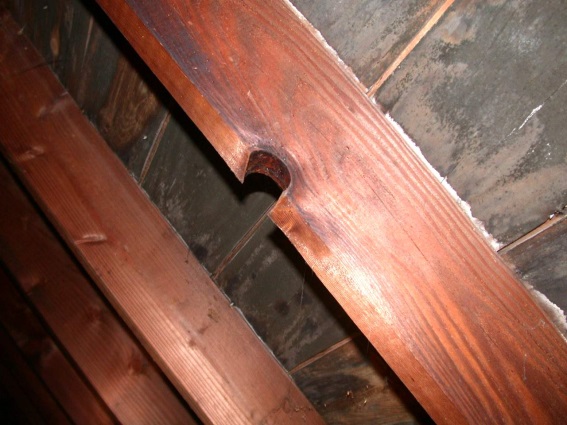
A Finished Basement: I worry about finished basements, because they are prone to developing mold-growth problems. Here are a few tips to help you maintain such a space as mold-free as possible.
- If the relative humidity (RH) in below-grade (below-ground level) spaces is not controlled (kept under 60% in finished basements), mold problems usually develop. As air cools, its RH rises, and some species of mold can grow when the RH is over 80%. In the heating season, a finished basement must be consistently kept warm, with the thermostat set at a minimum of 58oF, whether the space is being used or not.
- Have a vinyl or ceramic tile floor, rather than wall-to-wall carpeting, in a finished basement, because wall-to-wall carpeting captures biodegradable dust.
Cleaning:
- Be sure that your central vacuum system exhausts into the exterior rather than into the basement or garage.
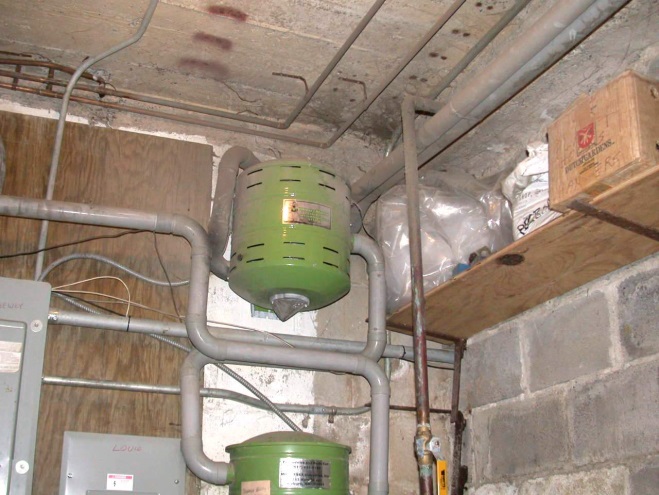
- Conventional, portable vacuum cleaners can spew out particulate matter in their exhaust stream. If you don’t have a central vacuum system, use a HEPA vacuum (one with a high efficiency particulate arrestance filter) for all household cleaning.
- Do not use a bagless vacuum unless you intend to empty it outdoors.
- If you hire outside cleaners, insist they use your vacuum and not their own; otherwise, mold spores and pet dander from another house will be emitted into the air in your home.
- Do not use laundry detergents that contain enzymes (including cellulose, amylase, protease, and “stain lifters”), because such substances can cause skin irritation and respiratory symptoms in those who are sensitized.
Exhaust Fans:
- A bathroom fan that vents into the soffit or attic can result in attic mold growth; be sure your bathroom exhaust vents directly to the exterior.
- Use a kitchen exhaust fan (preferably one that vents to the exterior) when cooking or baking.
The Kitchen:
- Clean the kick spaces at the bottom of the cabinets; these areas can accumulate dust and become moldy.
- Roll your refrigerator out so you can HEPA vacuum the top, bottom, sides and back. If the appliance has an automatic ice maker, be sure you don’t rip or disconnect the line. Look for a drip tray at the bottom or behind a panel in the back. If the tray is at the bottom, remove the tray for cleaning. If the tray is at the back, clean it in place as best you can. It’s a good idea to clean the refrigerator like this annually.

- Take this opportunity to also clean the refrigerator’s coils.
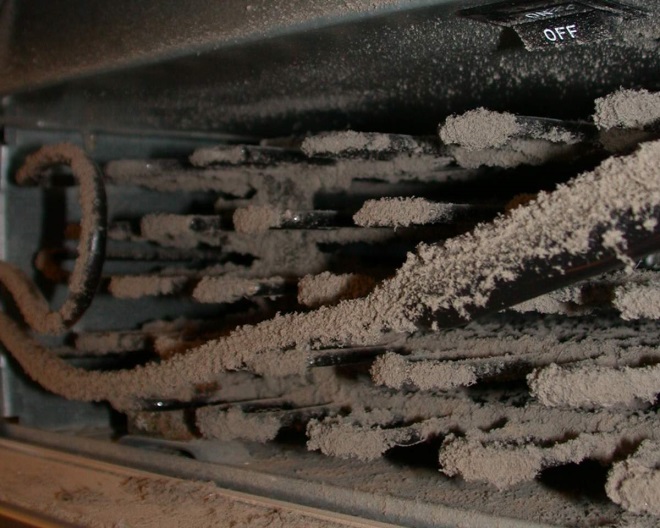
Mechanical Systems:
- Use the best filtration possible (with an efficiency rating of at least a MERV 8) in your hot-air heating and/or central air conditioning system.
- If you have a hot water or steam heating system with a separate central air conditioning system, close returns and supplies when you shut down the A/C system for the season. This will help to prevent moist house air from passively flowing into the ducts, providing moisture for mold growth.
- Vacuum radiators before turning the heat on. You can use a 36 inch vacuum crevice tool to get to hard-to-reach areas.
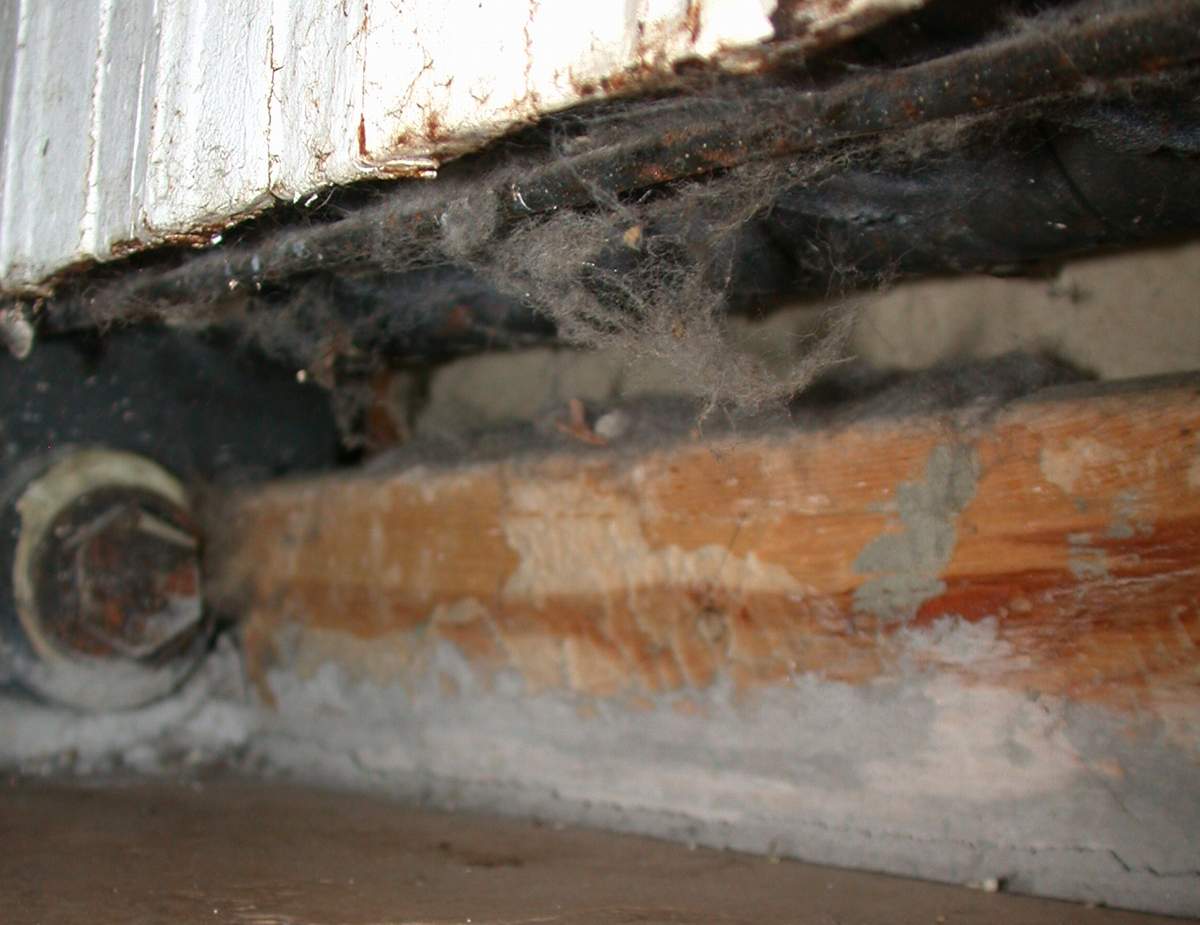
- Wipe clean the tops of baseboard heating convectors. If you’ve never cleaned the convectors, remove the covers and damp wipe top and bottom cover surfaces. HEPA vacuum the tops, bottoms and sides of the fins. Then spray them with a detergent/water solution, scrub with a brush, and rinse with clear water. A better approach would be to treat them with steam vapor from a steam-vapor machine. In either case, put rags or old towels under the convectors to protect the flooring and catch the grime. Once you’ve cleaned the convectors in this way, you need only wipe the covers before or shortly after turning the heat on.
- If you have an air-to-air heat exchanger in your home, follow the manufacturer’s directions for cleaning; filters should be cleaned several times a year. A poorly maintained unit can become a source of mold spores!
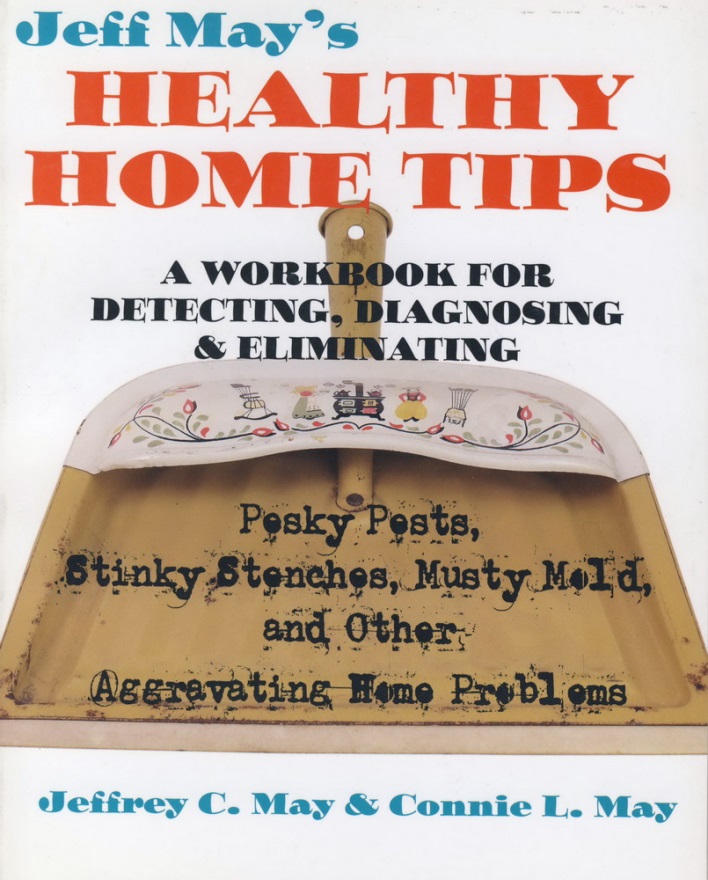
I can’t list all the tips I can offer you in an article of this length, so I encourage you to refer to our book Jeff May’s Healthy Home Tips, which is organized like a notebook, so you can keep a written record of the steps you’ve taken to improve the quality of the indoor air in your home.
Available on amazon.com.
